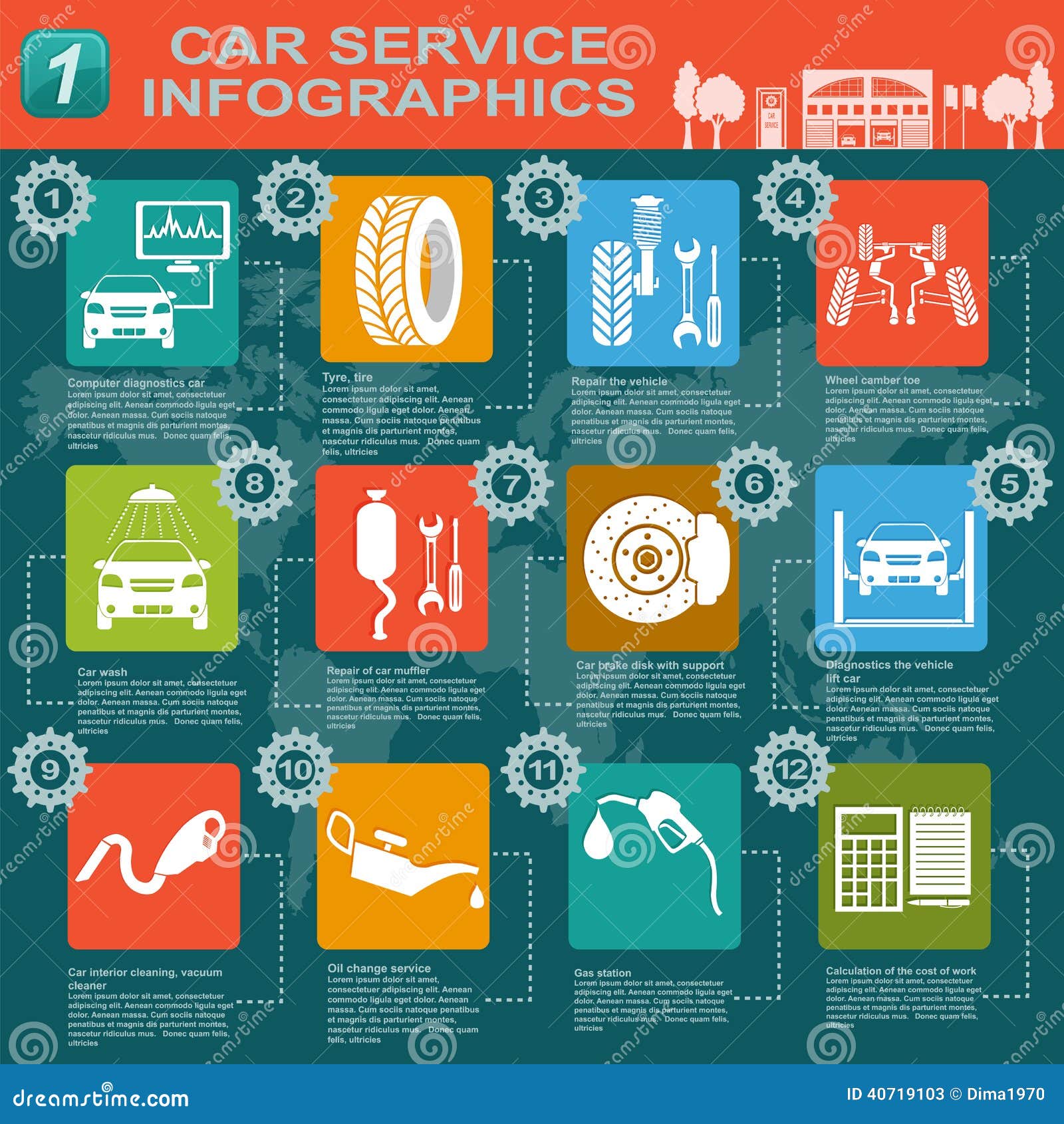Assessing Your Vehicle'S Caution Indicators: What They Really Communicate
Assessing Your Vehicle'S Caution Indicators: What They Really Communicate
Blog Article
Authored By-Boye Kejser
When you're behind the wheel, those beautiful warning lights on your dashboard can be a little bit puzzling. Do you know what they're attempting to tell you regarding your cars and truck's health? Understanding the significance of these lights is important for your safety and the long life of your automobile. So, marinedetailingauckland following time one of those lights turns up, wouldn't you want to decode its message properly and take the needed actions to resolve it?
Common Warning Lighting and Interpretations
Recognize usual warning lights in your automobile and recognize their definitions to ensure safe driving.
The most typical caution lights consist of the check engine light, which indicates concerns with the engine or discharges system. If this light comes on, it's critical to have your automobile examined quickly.
The oil pressure alerting light indicates low oil stress, requiring immediate attention to prevent engine damage.
A blinking battery light might suggest a defective charging system, possibly leaving you stranded if not addressed.
The tire stress monitoring system (TPMS) light informs you to low tire pressure, affecting automobile security and gas efficiency. Disregarding this could bring about harmful driving problems.
The abdominal light shows a trouble with the anti-lock braking system, compromising your ability to stop quickly in emergency situations.
Last but not least, the coolant temperature level advising light warns of engine getting too hot, which can cause serious damages if not dealt with quickly.
Understanding these common caution lights will help you deal with problems without delay and keep safe driving problems.
Significance of Prompt Attention
Comprehending the usual caution lights in your cars and truck is just the first step; the value of immediately addressing these cautions can't be stressed sufficient to guarantee your safety on the road.
When a caution light illuminates on your dashboard, it's your cars and truck's means of connecting a prospective issue that needs attention. Disregarding these cautions can cause more serious troubles later on, endangering your safety and security and potentially costing you a lot more in repairs.
Prompt focus to advising lights can protect against break downs and accidents. As car window tinting auckland price , a blinking check engine light might suggest a misfire that, if left neglected, might trigger damages to the catalytic converter. Addressing this immediately can save you from a pricey repair work.
Likewise, a brake system advising light might signify reduced brake liquid or worn brake pads, essential parts for your safety and security when driving.
DIY Troubleshooting Tips
If you observe a caution light on your control panel, there are a few do it yourself repairing ideas you can try prior to seeking expert aid.
The very first step is to consult your vehicle's handbook to understand what the specific warning light suggests. Often the problem can be as basic as a loosened gas cap triggering the check engine light. Tightening up the gas cap might settle the trouble.
One more typical concern is a reduced battery, which can activate various alerting lights. Checking the battery connections for rust and guaranteeing they're protected might repair the issue.
If a warning light lingers, you can try resetting it by detaching the automobile's battery for a couple of mins and afterwards reconnecting it. In addition, checking your lorry's fluid degrees, such as oil, coolant, and brake fluid, can aid troubleshoot cautioning lights related to these systems.
Conclusion
To conclude, recognizing your car's caution lights is essential for keeping your automobile running smoothly and securely. By quickly dealing with these alerts and understanding what they mean, you can avoid costly repair work and prospective malfunctions.
Remember to consult your vehicle's manual for specific information on each warning light and do something about it as necessary to ensure a trouble-free driving experience.
Stay informed, remain secure on the road!
